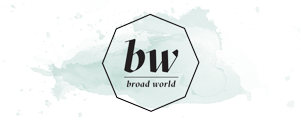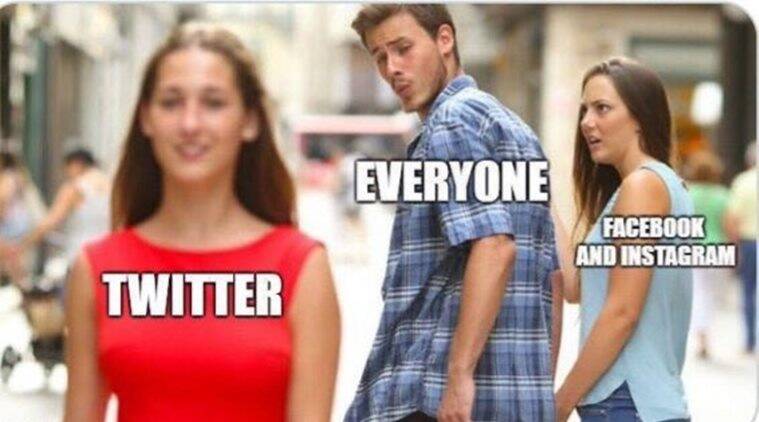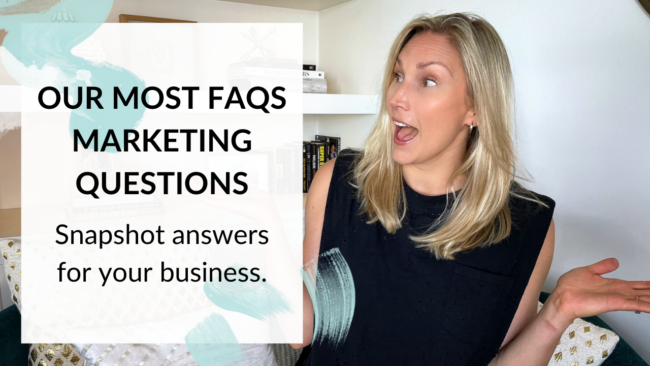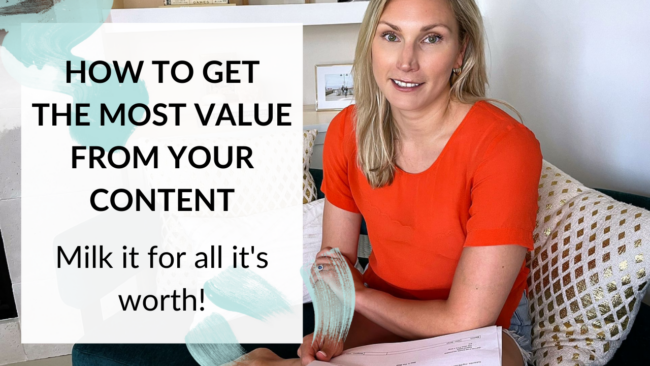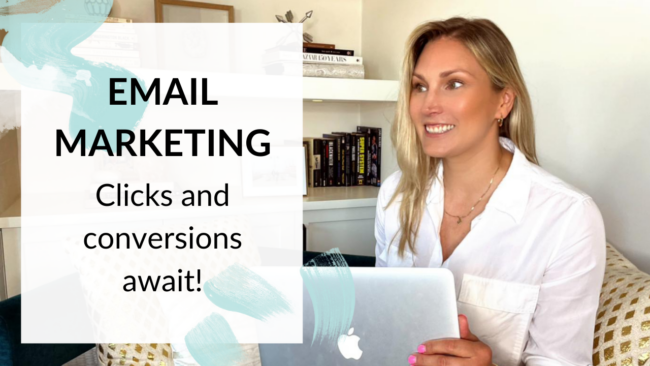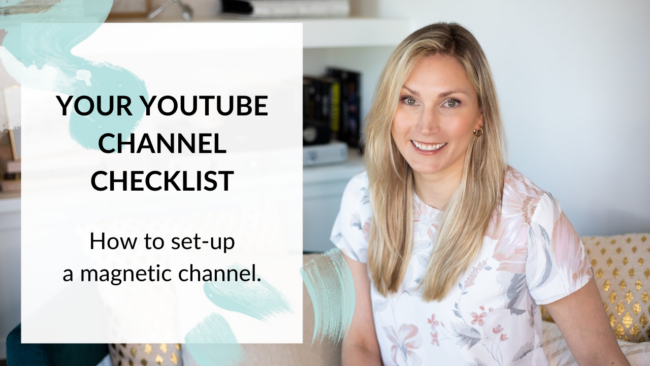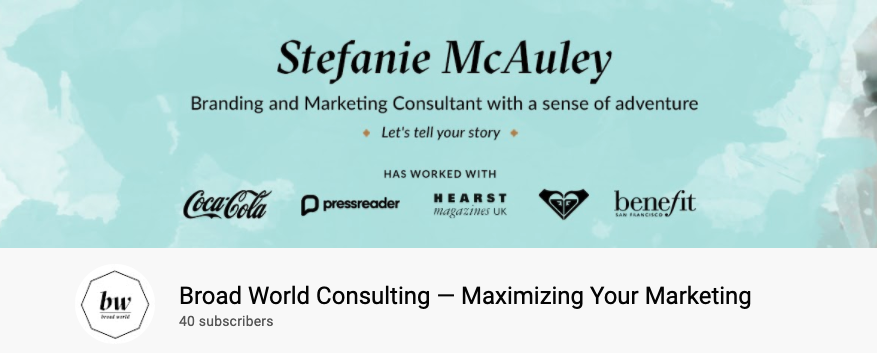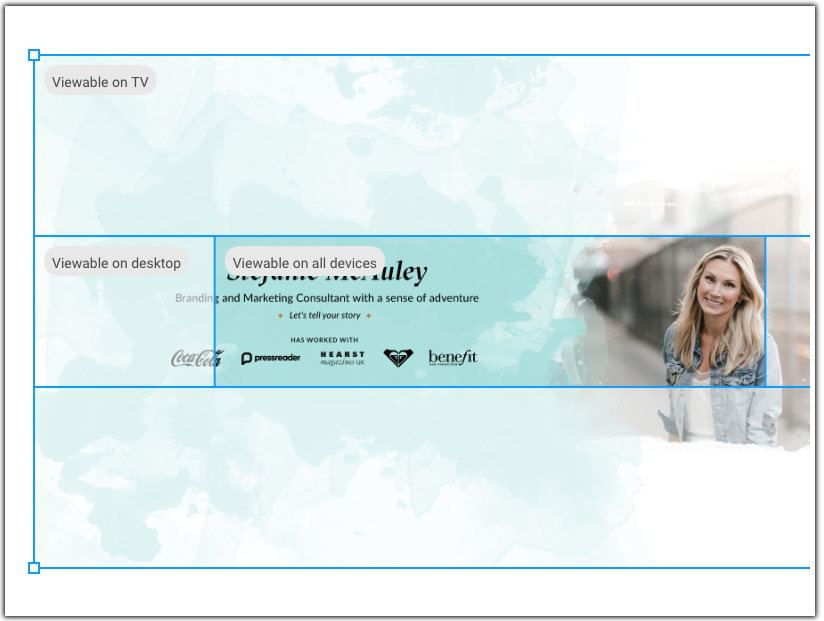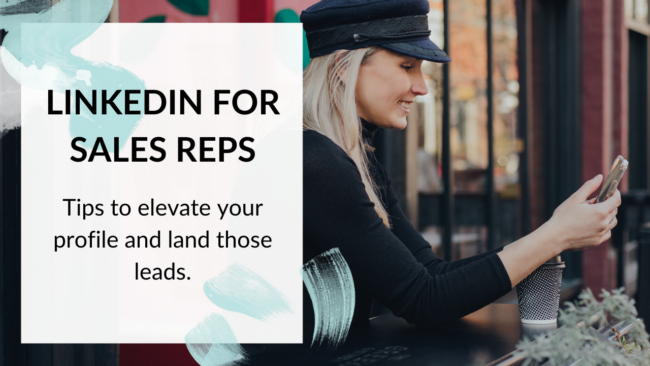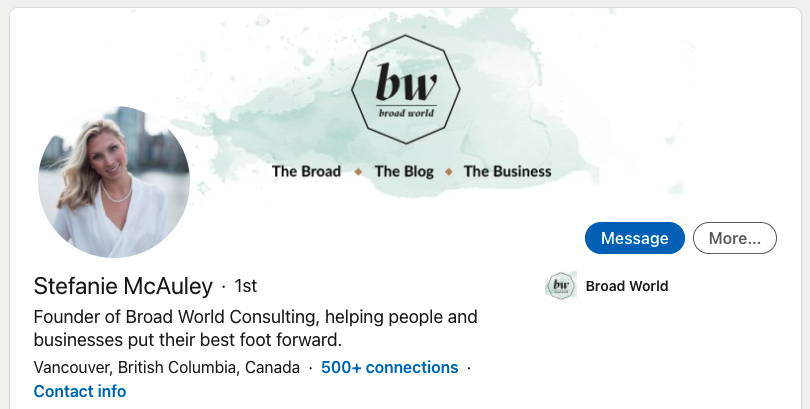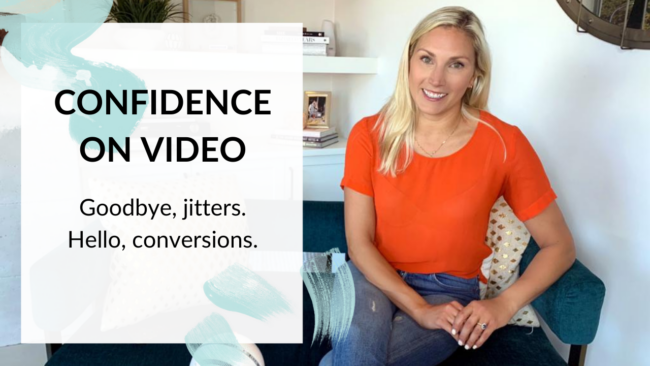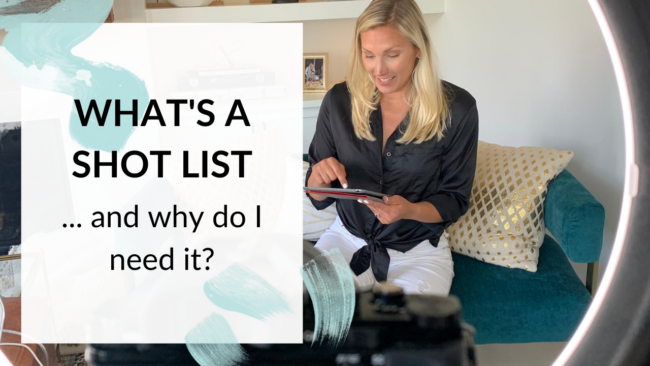Digital Marketing Strategy: find your content cocktail recipe
Here at BWC, we love a good cocktail. It’s a well-balanced mix of delicious ingredients that do just the trick. We like to think about marketing content strategy in the same way. But the content cocktail recipe one business uses won’t necessarily be right for another’s digital marketing needs. It’s all about finding the right mix — because, no, you don’t need to be on each and every platform that exists.
But if the recent Facebook outage taught anyone anything, it’s that your digital marketing content recipe might need a little tweak. You don’t want to put all of your eggs in one basket. Here are some content strategy recipes that we’ve deployed for our clients. (And the why.)
BW client content strategy recipe examples:
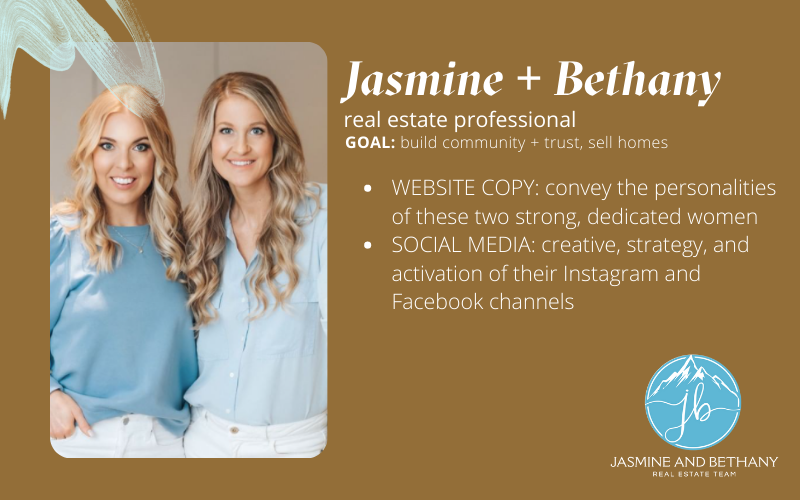
To sum up, there’s no one recipe for the ideal content mix to achieve your business goals. (And always, always know your why!) We’d love to help you create your perfect content strategy. Let’s go for a cocktail or coffee — on us! 🍸 DM us or visit biz.broadworld.co
